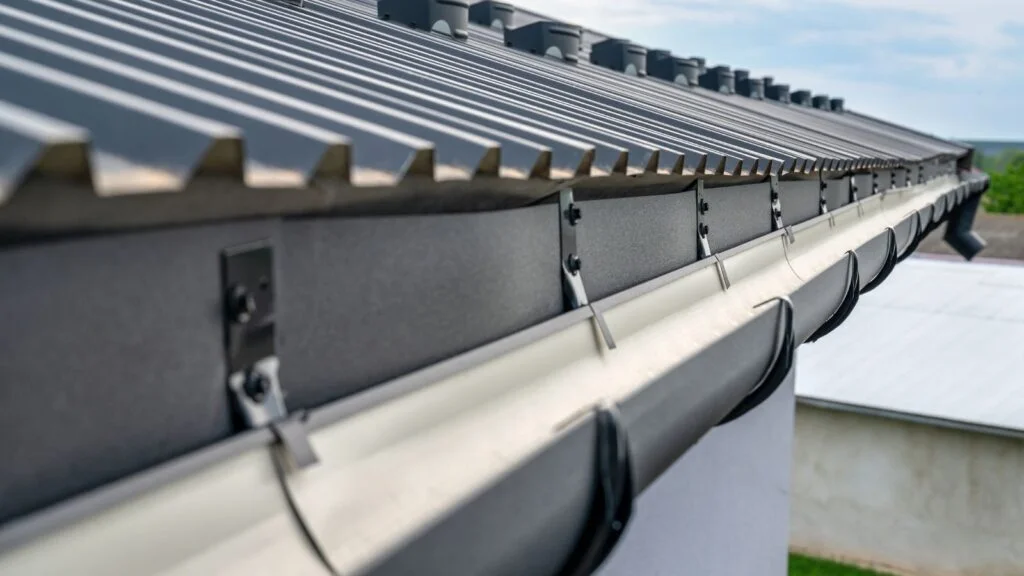How Long Do Shipping Container Homes Last
Shipping container homes are increasingly popular upcycling projects. But how long can container homes actually last?

Shipping containers are anything but delicate. By all accounts, they are very durable structures. They are built out of corrugated, weathered steel, which allows them to carry heavy loads and bear incredible weights stacked directly on top of them. The COR-TEN steel is designed to withstand all weather conditions, from rain to snow to hail to harsh winds, without disrupting the cargo inside.
But even with all of these impressive qualities, shipping containers don’t last forever. They eventually deteriorate and expire.
If you’re thinking about buying shipping containers from Calebwedman, you should know how long you can expect your investments to last. And if you’re considering building a shipping container home, learning this information is even more important.
So, how long do shipping container homes last? Read ahead to find out and learn what you can do to increase a shipping container’s lifespan.
How Long Does a Shipping Container Home Last?
To get an idea of how long a shipping container home will last, you can look at how long shipping containers last.
How long does a shipping container last? Typically, a shipping container is expected to last approximately 25 years before losing its structural capabilities.
When it comes to a shipping container home, you can expect that lifespan to be longer since you are not using the shipping container to transport cargo long distances. It’s remaining stationary so it won’t accumulate the same levels of wear and tear as those containers. As long as you take the right precautions, your shipping container home should last for 25 years or more.

What Precautions Can You Take?
Certain precautions will help you slow down the degradation of your shipping container and increase the longevity of your container home. Below are some precautions that you should consider taking.
1. Choose A New Container
When you’re browsing for shipping containers via Calebwedman, you’ll have options for different container sizes, heights, and grades. When it comes to choosing shipping containers for housing, you’ll want one-trip grade containers instead of cargo-worthy or wind-and-watertight containers.
Why? Containers with cargo-worthy and wind-and-watertight grades have been in use for several years before your purchase. You’ll have to subtract those years from the 25-year lifespan to get a better idea of how long your container home will likely last. If your cargo-worthy container has been used for 8 years, the lifespan of your home is closer to 17 years — not 25.
One-trip grade containers are almost brand-new. As the name indicates, they have only been sent on one trip before your purchase. So, you should have the full 25 years to look forward to.
One-trip grade containers are unlikely to have accumulated wear and tear during this short period of use. So, you will be less likely to deal with problems like rust patches, dents, and scratches that could contribute to the deterioration of the container home over time.
2. Remove Rust Patches
Rust is more than an aesthetic concern for your shipping container home. Rust is a significant contributor to shipping container deterioration. It weakens the structural integrity of the container walls and makes them more vulnerable to damage and water intrusion.
Rust removal is a key part of taking care of your shipping container — whether it’s being used as a dwelling, storage unit, or transport vessel. So, if you spot rust forming on the exterior walls, you should act immediately. Don’t neglect it and let the damage accumulate.
Scrub off the rust with a wire brush first, then use sandpaper. After the rust is gone, clean the area and dry it. Windex or a light bleach solution is effective for this. Do not use both. Windex contains ammonia. Combining ammonia and bleach can be extremely hazardous to your health.
What if the rust is stubborn? You can use a commercial rust removal solution to break down the rust and make it easier to scrub off.
In the worst-case scenario, the rust won’t come off. This isn’t likely to happen when you routinely clean and maintain your container home. If the rust is too severe to remove on your own, you may need to call a professional to cut the affected area out from your container and patch it with a fresh sheet of steel.
3. Install Drainage Features

If you can minimize the level of rust on your container home, you can extend its lifespan. How can you do that? Rust accumulates when the container encounters moisture regularly. So, you should install drainage features to direct water away from your container home.
4. Get a New Roof
The shipping container’s original roof is flat and has no built-in drains. Rainwater and snow can easily pool on top of that surface and create rust patches over time. When you’re constructing your container home, install a roof over the original roof.
What kind of roof should you install? A sloped roof is an ideal option. Its design allows rainwater and melted snow to slide off automatically. If you like the “flat roof” look, you can still install a protective flat roof above the original container roof. Be sure to install a flat roof drain to prevent water from pooling.
5. Rain Gutters
Install rain gutters along the sides of your roof. The gutters will collect the rainwater and melted snow sliding off the roof, stopping it from touching the exterior walls of the home. That collected rainwater is directed through the gutter system and through a downspout.
A downspout should stretch at least four feet (six feet is best) away from your home. This allows it to expel all of that drained water away from the home’s foundation. If it’s too short, there are several ways to extend your downspout.
6. Yard Sloping
The yard surrounding your shipping container home can decrease the chances of rust forming around the bottom. When a yard slopes toward the house, water will pool around the foundation. When a yard slopes away from the house, water will automatically travel down it and away from the foundation.
So, if the yard surrounding your container home is sloping toward you, you should change it. Get it professionally graded so the slope directs water in the other direction.
What Happens When Your Shipping Container Home Reaches Its Lifespan?
Your container home won’t fall to pieces once it reaches its lifespan. The container walls will degrade in quality over the decades, especially if they’re not cared for. Once those exterior walls degrade enough, they will no longer be ideal for a living space. But this doesn’t mean you’ll have to tear down your entire home!
If you’d like to continue living in your container home, you can simply replace the corrugated sides and keep the framing. The steel rails and end frames in a container are very durable and can be used for a long time. So, you’ll still have part of the home’s structure to build around.
You want your shipping container home to last as long as possible. So, follow these precautions to extend your shipping container’s lifespan and keep your home structurally sound for decades.
